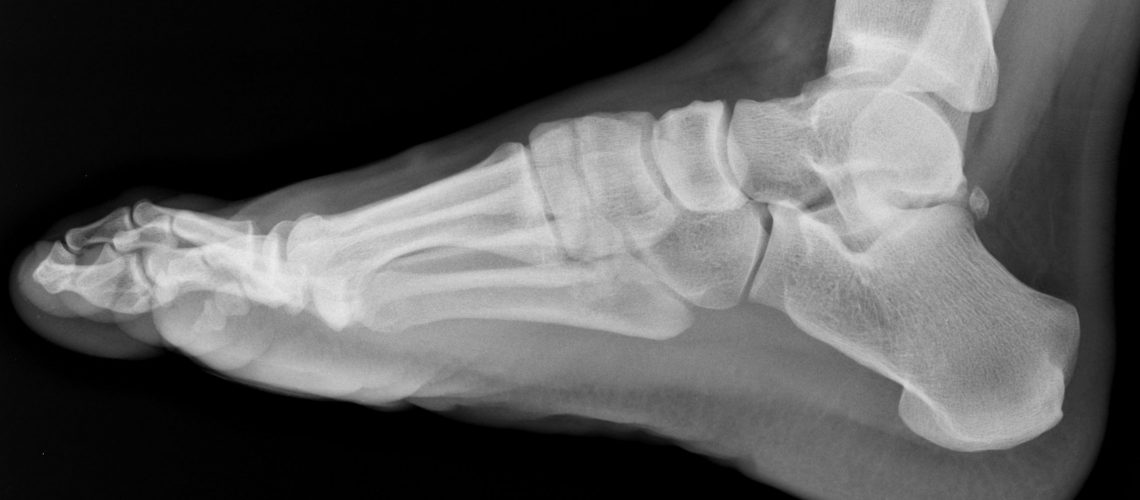Have you ever twisted your ankle and wondered if you should get an x-ray to see if it is broken? Therapists use The Ottawa Ankle Rules to determine whether or not an x-ray is indicated after spraining your ankle. An x-ray is indicated if there is specific pain at certain bony sites at the ankle which are more prone to being fractured after an injury. These rules apply whether you twisted your ankle inwards or outwards.
Ottawa Ankle Rules:
An ankle and foot x-ray are required if there is:
Pain in the Malleolar or Midfoot Zones on either the inside and outside portion of the ankle
AND one of the following:
A: Pain at the lateral malleolus (outside of the ankle) and about 6 cm up the fibula
B: Pain at the medial malleolus (inside of the ankle) and about 6 cm up the tibia
C: Pain at the bony prominence (5th metatarsal) on the outside of your foot
D: Pain at the bony prominence (navicular) on the inside of your foot
Inability to put weight on the ankle & foot immediately and in the emergency room for 4 steps
(*note: limping means you are able to put weight on the foot)
*the above rules apply to people aged 18 years and older
Positive Ottawa Ankle Rules:
If the Ottawa Ankle Rules are positive, the first step is to unload the ankle and foot by walking using crutches. This will protect the potential broken bone from causing pain or becoming more damaged. The next step is to get an x-ray either in the emergency room if the injury was traumatic, or by getting an x-ray requisite from your doctor. If the x-ray does indicate a fracture, you will likely be prescribed an aircast walking boot. This will protect the bone from further damage while it heals. Your doctor will likely recommend using this aircast walking boot for up to 6 weeks while the bone heals. While you are waiting to weight bear on the ankle and foot, physiotherapy can help maintain your range of motion and some strength. Once the bone heals and you are given the clear to get rid of the aircast walking boot, the goal of rehabilitation will be to strengthen the ankle and foot and to restore your normal walking and running pattern.
Negative Ottawa Ankle Rules:
If the Ottawa Ankle Rules are definitely negative, you have likely sprained the ligaments of the ankle. The biggest difference in the rehabilitation is that you don’t have to be in the aircast walking boot for multiple weeks. Depending on the degree of the sprain and the amount of pain you are in, you may have to unload the ankle and foot with crutches for a few days. In the meantime, it’s important to start your rehabilitation early to reduce inflammation and gradually restore normal range of motion and strength. The goal of rehabilitation after a fracture and sprain are the same: to restore your pre-injury levels of activity, return to sports, and to prevent further ankle and foot injuries.
*If you are unsure if the rules are positive or negative, get an x-ray!
If you are suffering from an ankle and foot fracture or sprain, come see us at The Lab for rehabilitation!
References:
Bachmann LM, et. al. Accuracy of Ottawa ankle rules to exclude fractures of the ankle and mid-foot: systematic review BMJ 2003;326:417. doi:

